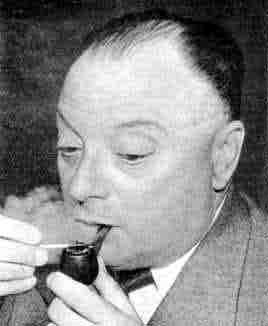Allgemeines
Information
und Entropie
G. Feix
Die quantitative Berechnung von Information kann am
besten mit dem Formalismus der Thermodynamik beschrieben
werden. Ein wichtiger Begriff in der Thermodynamik ist die
Informationsentropie. Daraus ergeben sich für die Information
gewisse Schlussfolgerungen.
http://privat.schlund.de/f/feixgedm/inform/microw.html
Entropy,
Gravitation, and Thermodynamics
John A. Gowan - jag8@cornell.edu
The intrinsic spatial motion of light (velocity c) produces
expanding and cooling space; the intrinsic spatial motion of
mass (gravitation, Gm) contracts and warms space. Hence the
intrinsic motions of free and bound energy are forces of
entropy, producing positive and negative thermal ("work")
entropy. The negative thermal entropy of gravitation consumes
and converts space to time, producing matter's temporal
dimension. Therefore, we see that the true function of entropy,
whether positive or negative, is to produce a dimensional
conservation domain for its energy source, space for light and
time (spacetime) for matter, in which energy can be
transformed and expended while still being conserved; this is
the connection between the first and second laws of
thermodynamics. Because the time dimension has its own one-way,
asymmetric intrinsic motion, we find a third type of entropy,
the strictly positive entropy of statistical mechanics and
information theory identified by Boltzmann and Shannon.
Gravity creates
time from space, forming an energetically necessary linkage
and equilibration between the conservation domains of light
and matter. Gravity is the conserved intrinsic motion, or
entropic force, of light. Gravitational energy is derived from
the intrinsic motion of light; the deceleration of the
Universe provides the energy for the creation of time. The
place of gravitation in the triangular connection between the
1st and 2nd thermodynamic laws and symmetry conservation (Noether's
Theorem) is examined in terms of a "location" charge
whose active principle is time.
http://www.people.cornell.edu/pages/jag8/thermo.html
|




